Visual learning reinforcement Math Worksheets for Ages 8-9
6 filtered results
-
From - To
Enhance your child's understanding of math with our Visual Learning Reinforcement Worksheets designed specifically for ages 8-9. These innovative worksheets incorporate engaging visuals to simplify complex concepts, helping young learners grasp essential math skills with confidence. Covering topics like addition, subtraction, multiplication, and division, our resources foster strong foundational knowledge while making learning enjoyable. Each worksheet focuses on visual cues and real-life examples, ensuring that children can relate math to their everyday experiences. Perfect for classroom and home use, these visually stimulating worksheets will keep your child motivated, engaged, and excited about math mastery. Unlock the joy of learning today!
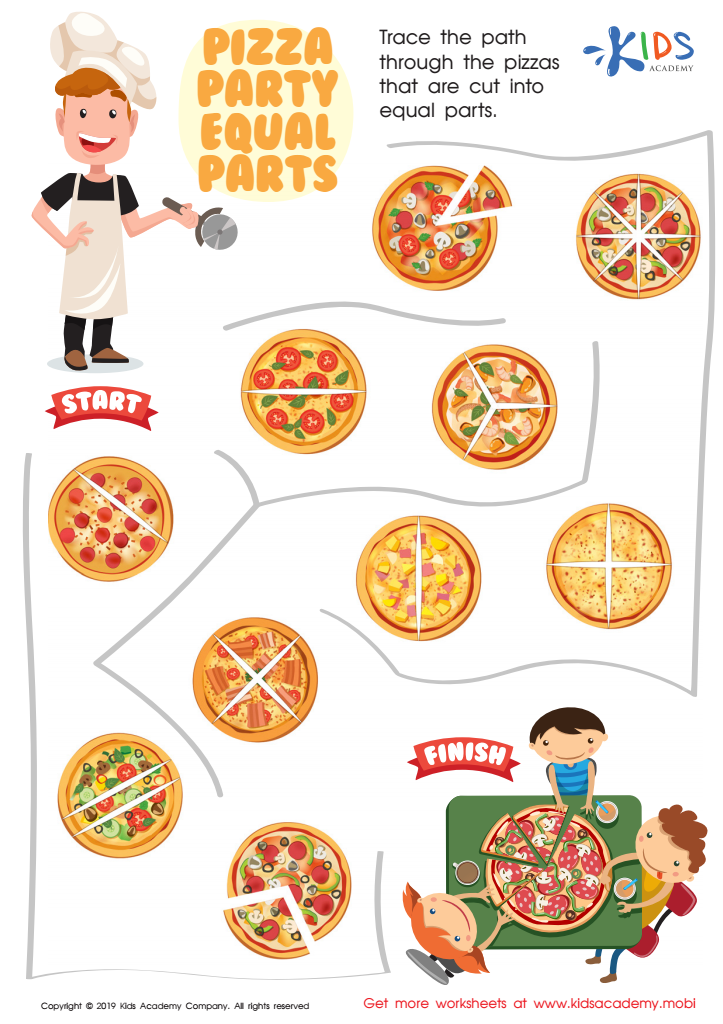

Pizza Party Equal Parts Worksheet


Adding Numbers: Conservation Worksheet
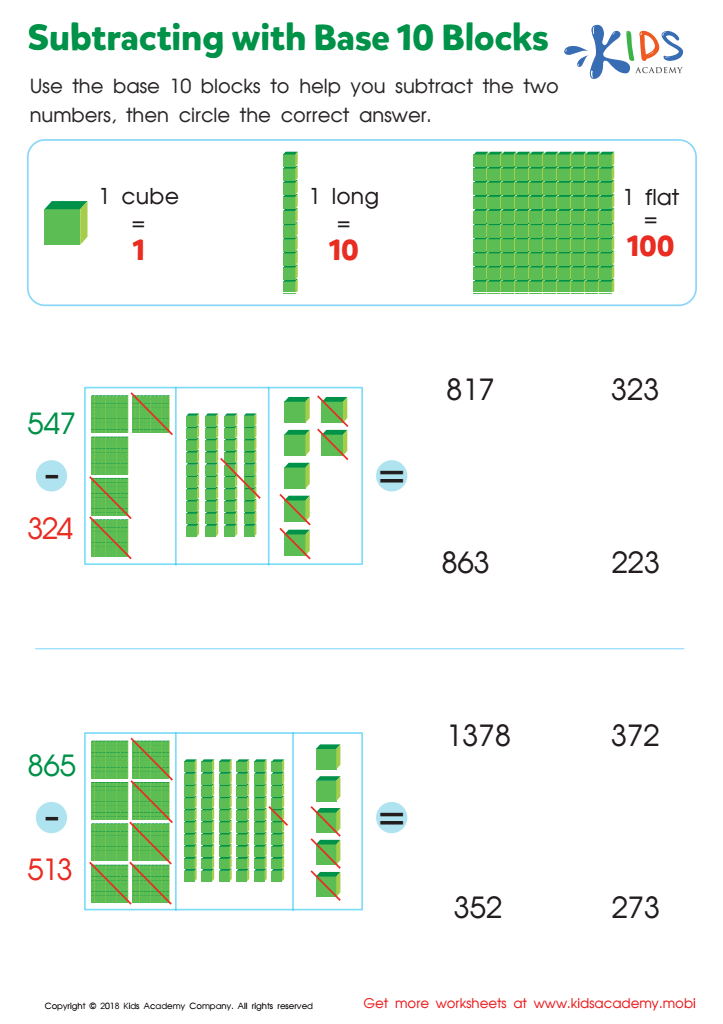

Subtracting with Base 10 Blocks Worksheet
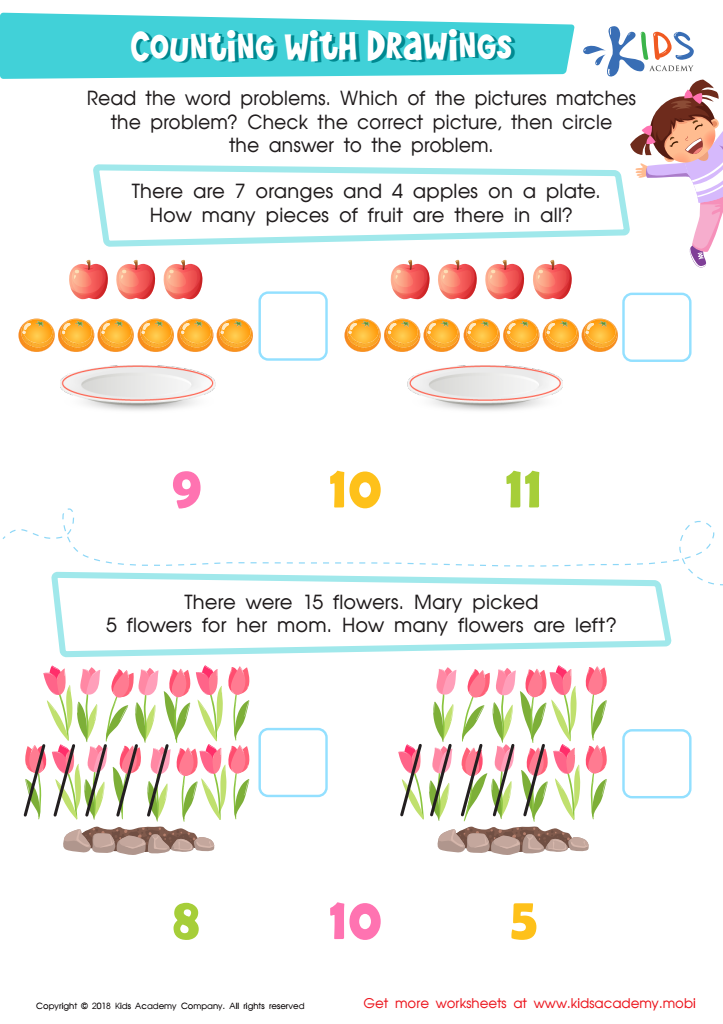

Counting with Drawings: Fruits & Chocolates Worksheet
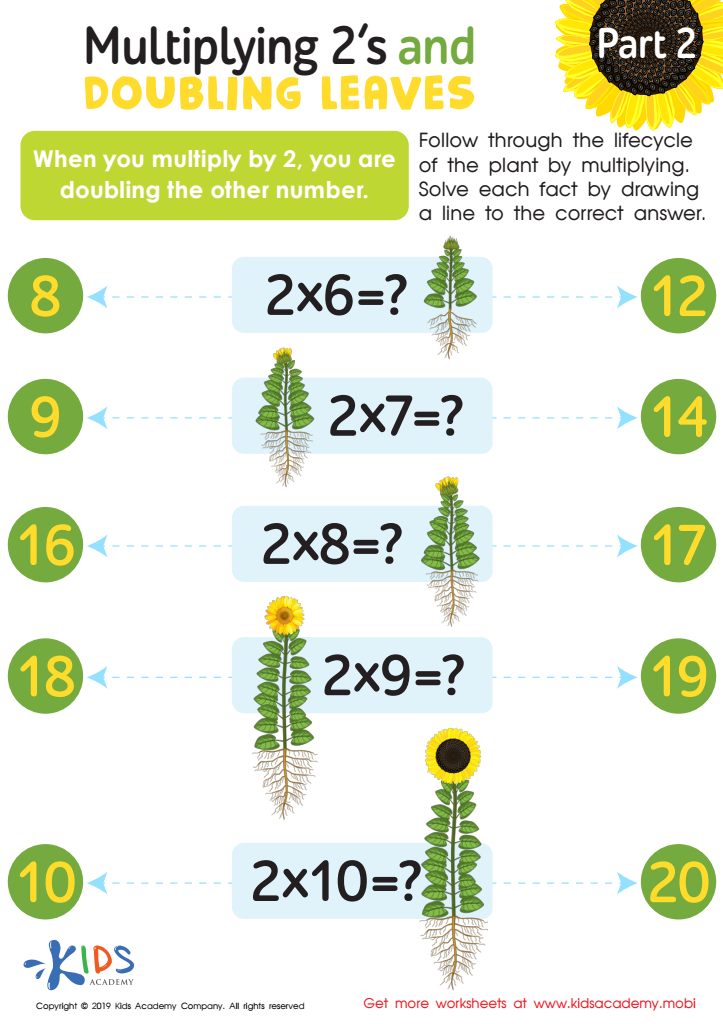

Multiplying 2’s and Doubling Leaves Part 2 Worksheet
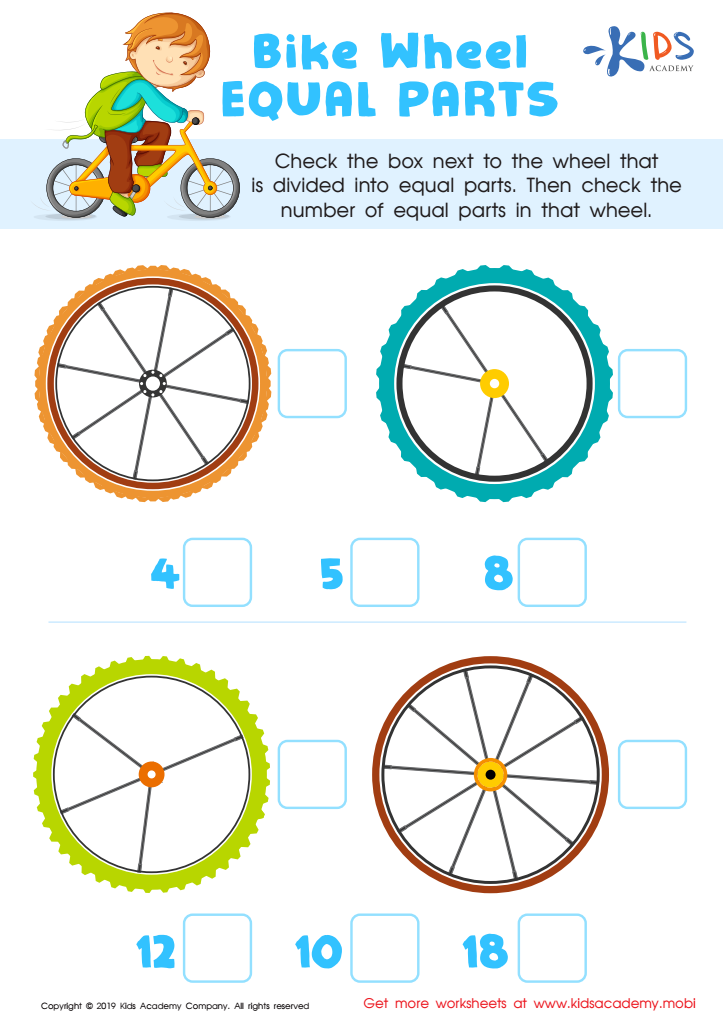

Bike Wheel Equal Parts Worksheet
Visual learning reinforcement in math is crucial for children aged 8-9, a period where they are developing critical thinking and problem-solving skills. At this age, students often thrive when concepts are represented visually, as this aligns with their cognitive development stage. Using visual aids such as charts, diagrams, and manipulatives helps make abstract ideas more concrete, enabling students to grasp fundamental concepts like addition, subtraction, fractions, and geometry.
Visual learning aids cater to diverse learning styles, ensuring that all children, regardless of their preferred mode of learning, have the opportunity to succeed. This method can particularly benefit visual learners, who may struggle with traditional teaching methods. By incorporating visual elements, educators can engage these students more fully, sparking curiosity and encouraging a love for learning.
Moreover, visual reinforcement fosters a deeper understanding of mathematical relationships and aids in retention. As children collaborate with visuals, they can better draw connections between different concepts, making them more equipped to tackle new challenges in their education. Therefore, when parents and teachers prioritize visual learning strategies in math, they not only facilitate improved comprehension but also enhance confidence, leading to a more encouraging and effective learning environment for young learners.
 Assign to My Students
Assign to My Students







.jpg)













